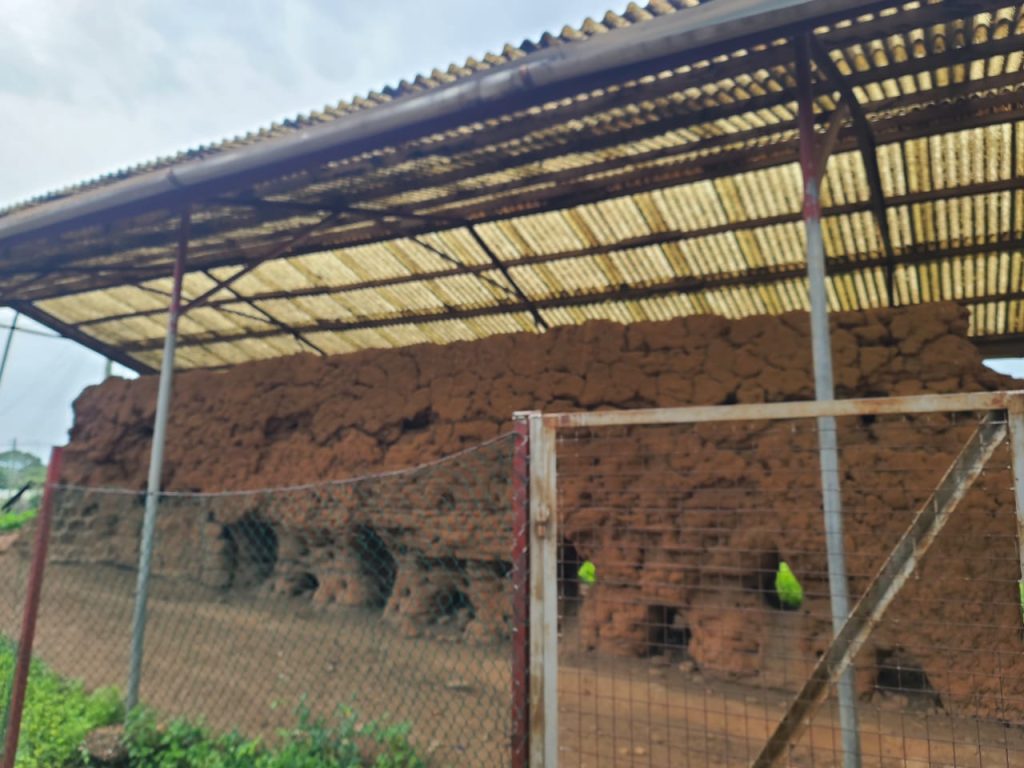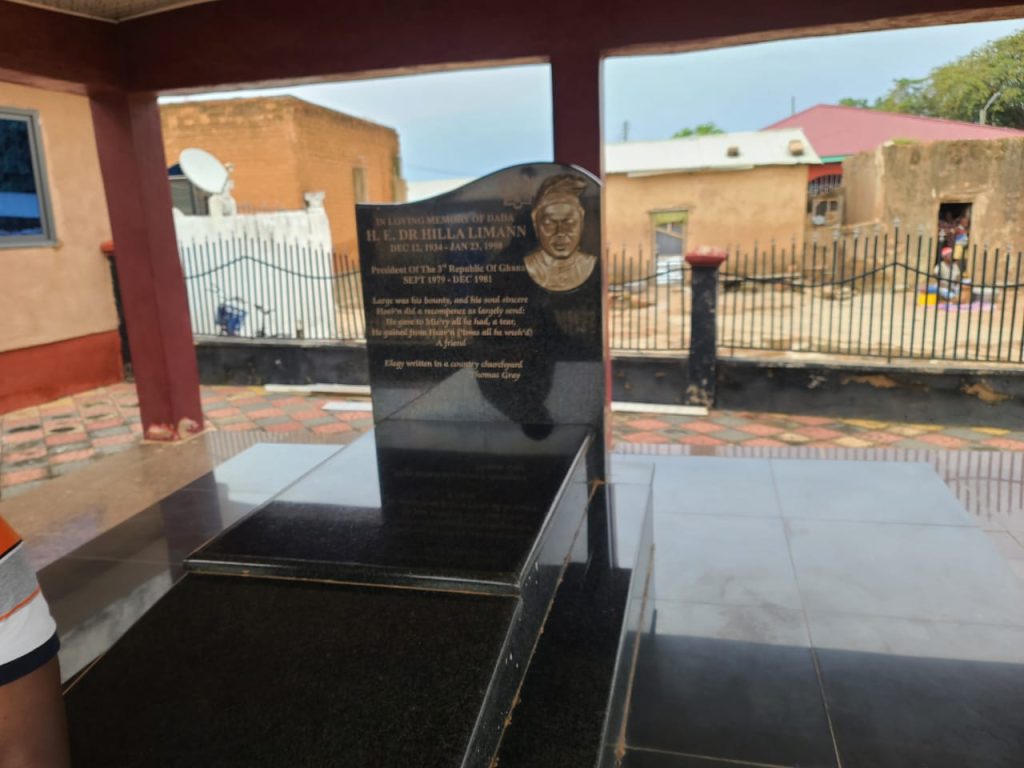By Caesar Abagali/Mohammed Balu
Gwollu, (UW/R), Sept. 28, GNA- Kuoro Buktie Limann IV, the Paramount Chief of the Gwollu Traditional Area has indicated that slavery affected the growth in the Sissala area and thereby derailed development.
He said over 250, 000 people within the Sissalla area alone were captured during the slavery, which to some extent derailed development.
He told the GNA in Gwollu that Europe had meted out the worst forms of atrocities to Africa saying, “No amount of compensation will be able to soothe our suffering.”

Kuoro Limann IV also expressed worry about how tourists during Emancipation Day events are limited to only Forts and Castles in the Coastal areas to the neglect of roots of the slavery.
“The slaves were captured from the north and sent to the Coast to be shipped. Tourists visit places of “No return but they don’t visit where the slaves were captured,” he said.
He said tourism on slavery would be incomplete if attention was not equally given to the roots of slavery and that slave camps in the north will be extinct if attention is not paid.
The Ghana News Agency (GNA) visited the area to acquaint itself with the development challenges and tourism potential and to see how the place could be developed more.
The chief said Gwollu as a slave route “emptied the Sissala area as a conservative figure of more than 250,000 people were sent away as chattel slaves and that’s why it left the villages empty”.
He said, “From here to Navrongo and back to Hamile, there were few people. You will see vast and deserted places because they took the strong people away, it is now that we have started populating the area.”
The Paramount Chief said now that tourism was being promoted, the diaspora people must be allowed to trace their route through to where they were taken away from and argued that Cape Coast, Anomabo and Elmina were all exit points to Europe and the Americans.

He explained that allowing Europeans, Americans, and others to visit tourist sites in the north would increase the revenue base of all the towns and communities that were affected by the slave trade as the country sought to promote tourism.
He emphasized that slaves were gathered from Southern Burkina Faso through Gwollu and other towns right up to Salaga slave Market.
He said the slave route from Paga, Gwollu through to Salaga slave market must not be forgotten and erased in history because of a lack of interest and access roads to those areas.
He said the people of Gwollu built an anti-slavery wall against the raiders whom he mentioned as Samori and Babatu Zato, a place he said had been left unattended.
The anti-slave walls were built of mud that had holes in them where the locals hid and pointed their bows and arrows at the enemy each time they came to attack, and this eventually protected them from the raiders.
The Gwollu Kuoro mentioned the Gwollu mystery bone setting centre, the anti-slavery defence wall and slave route and the local viagra centre as some tourist attractions worth visiting.
The rests are the tomb of Dr Hilla Limann and the crocodile pond of Gwollu, which if properly taken care of could generate revenue for development.
Kuoro Limann IV appealed to the government to consider constructing roads linking to tourist sites in the region to boost tourism and for investors to relocate to the area.
GNA